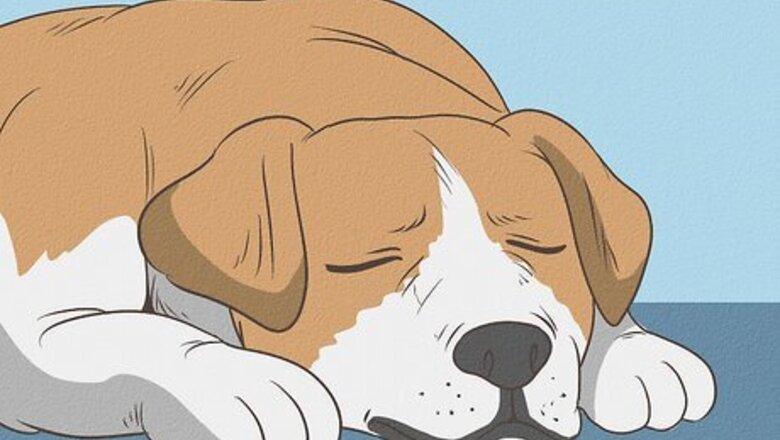
views
Looking for Symptoms
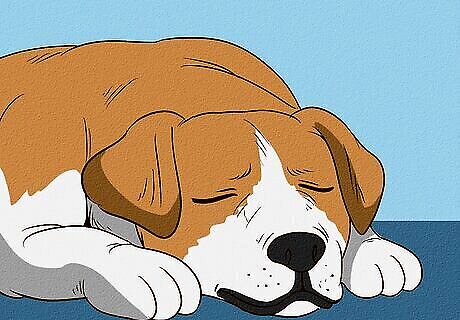
Pay attention to flabbiness. In humans, you may notice muscle loss as muscles getting flabby. Your dog is similar, so look for flabby muscles on your dog that aren't as hard as they normally are. You may notice your dog feels "softer."
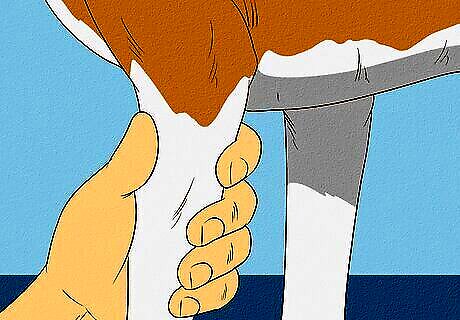
Look for thinner muscles. When a dog loses muscle mass, the muscles will look visibly thinner. You may also notice a difference in how they feel; your hand may suddenly reach all the way around your dog's leg, when it didn't before, for instance. Sometimes, this type of muscle loss will only affect certain parts of the body. For example, if your dog has arthritis or an injury in it's back legs, you may notice the back legs getting thinner while the front legs get larger to compensate.
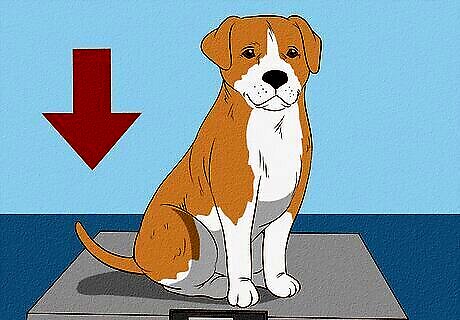
Check for weight loss. Dogs who lose muscle mass are likely to lose weight, too, though not always. You may notice your dog feels lighter when you pick it up, or you may notice that it looks thinner overall. Try weighing your dog to see if it has lost any weight.

Look for weakness. If your dog has lost muscle mass, you'll likely notice some weakness, particularly if your dog has just lost muscle mass in one area. For instance, if your dog has lost muscle mass in the back legs, you may notice that your dog is favoring the front legs instead.

Watch for lethargy. When dogs lose muscle mass, they don't want to move around as much. That's because muscle loss makes it more difficult to move about, as it leads to weakness. Therefore, if your dog seems like it just can't move around as much, that could be a sign of muscle loss. Compare one limb with another. If you suspect your dog is losing muscle mass on one leg, compare it with the other side.
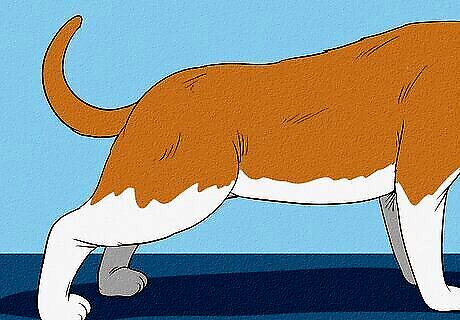
Pay attention to changes in posture. Muscles attach to the bones, helping you stay upright. Therefore, when you have loss of muscle, your posture often changes. The same can happen in dogs, including a sagging back, so pay attention to changes in posture.
Understanding Risk Factors
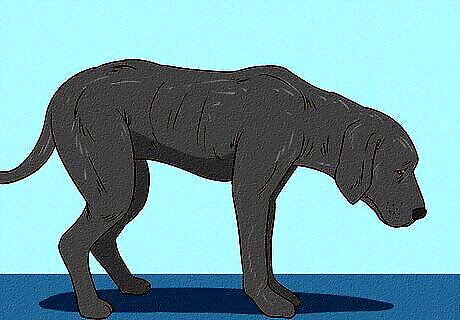
Watch for muscle loss as your dog ages. Not every older dog will have muscle loss, but many dogs will. Just like humans, dogs may become less active as they get older, due to a number of reasons, including having less energy and having more aches and pains. Not being as active can lead to muscle loss. To help with muscle loss, try to encourage your dog to be more active.
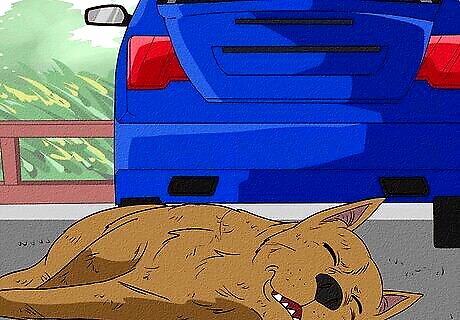
Pay attention after trauma and other causes of lameness. If your dog experiences trauma, such as being hit by a car, it may develop lameness in part of its body. In turn, that can lead to muscle loss, as the dog is not as active or isn't using that particular muscle as much. Dogs can develop lameness from other sources, including infection, dislocation of the shoulder, and muscle or bone degeneration.
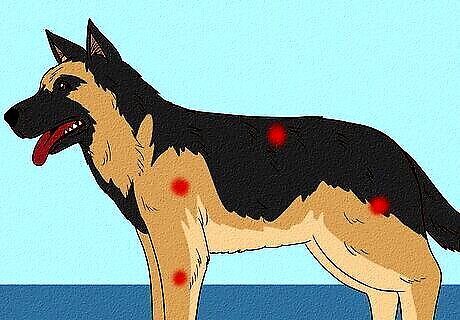
Look for arthritis in large breeds. Large breeds, such as German Shepherds and Labradors, are more likely to have joint problems, meaning they are more likely to develop arthritis. Arthritis can lead to muscle loss, since it can make your dog reluctant to move as much.
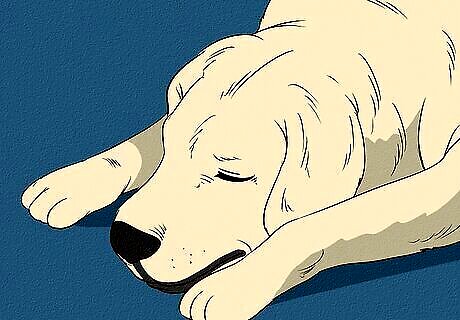
Watch for conditions that certain breeds are predisposed to. For instance, Labrador retrievers are prone to type II muscle fiber deficiency, which they'll generally show before a year of age in muscle loss. German Shepherds, on the other hand, are more likely to develop fibrotic myopathy, which generally shows up the most in the dog's thigh muscles. Certain dogs, such as greyhounds, will develop exertional myopathy if they are forced to use their muscles too much.
Talking to Your Vet
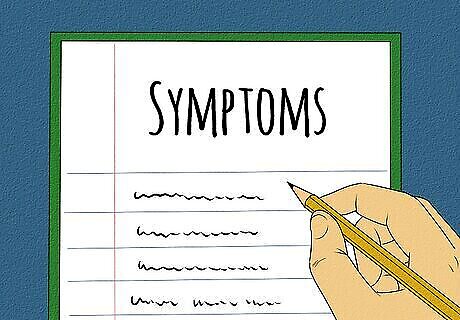
Make note of symptoms. Before going to your vet, make note of any symptoms you've noticed, no matter how small. Those symptoms will help your vet diagnose what's wrong with your dog, and writing them down as they happen will help you remember them when the time comes to talk to your vet.
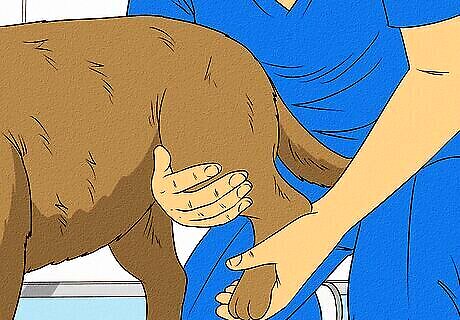
Take your dog to the vet. Muscle loss is often a sign of an underlying condition, though it can also just mean your dog is getting older. Either way, it's important to have your dog checked out if you notice a change in its body and behavior. Diseases that affect muscles can range from fibrotic myopathy and external myopathy to trauma to your dog's muscles. The underlying condition could also be something as simple as arthritis. You could say, "I've noticed that my dog is more reluctant to get up lately. His posture has changed; his back is drooping more. Also, I've noticed that he's getting thinner. All of these symptoms together have me worried."
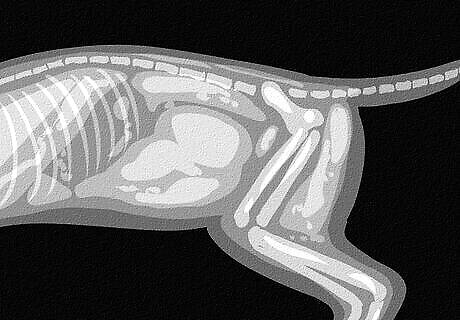
Expect tests. Your vet will first perform a physical examination. If they think your dog's condition warrants it, they will move on to other tests, such as blood samples, urine samples, x-rays, an MRI, and/or a CT scan, depending on what the vet thinks may be causing the problem.




















Comments
0 comment